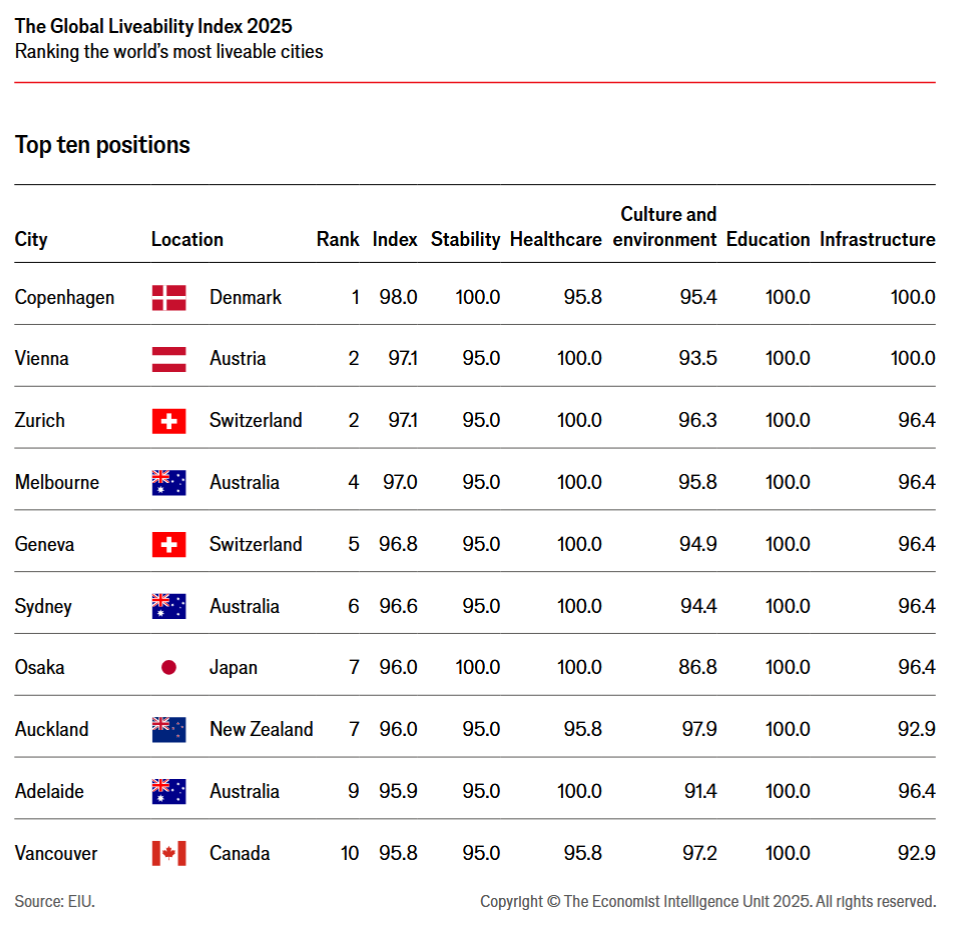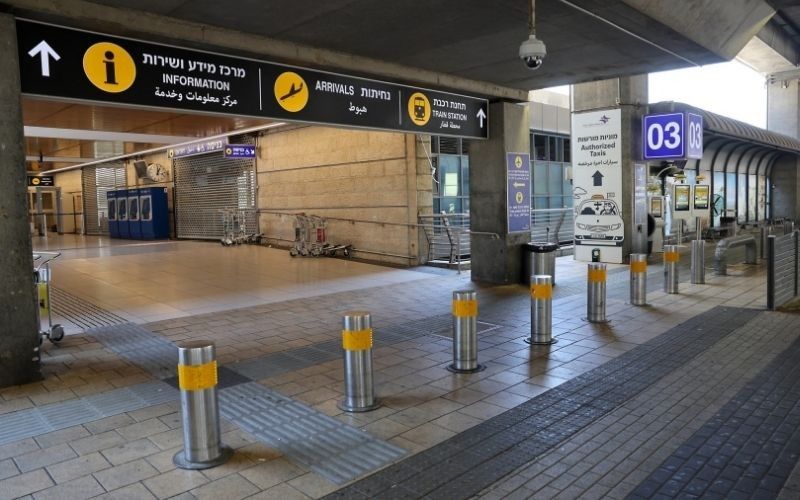
Upgrade to High-Speed Internet for only ₱1499/month!
Enjoy up to 100 Mbps fiber broadband, perfect for browsing, streaming, and gaming.
Visit Suniway.ph to learn
Rows of government housing are dwarfed by the Metro Manila skyline, as seen from the Skyway in Makati on Tuesday, Nov. 19, 2024.
STAR / Michael Varcas
MANILA, Philippines — Metro Manila ranks in the middle of this year’s Global Liveability Index by the Economist Intelligence Unit (EIU), neither among the world’s most liveable cities nor its worst.
The 2025 index, published by The Economist, assessed 173 cities worldwide across five categories: stability, healthcare, education, infrastructure, and culture and environment.

A portion of the Global Liveability Index 2025 report by the Economist Intelligence Unit listing the 10 most liveable cities in the world.
EIU report / Philstar.com screenshot
While the report did not list Manila explicitly, a corresponding graphic placed the city within the mid-range of global rankings.
This rank underscores what many of its residents already know: while Metro Manila is not known for extreme instability seen in war-torn or crisis-hit cities at the bottom of the list, it continues to fall short of the standards set by high-performing urban centers in Asia and beyond.
Slipping behind neighbors
In the Asia-Pacific region, cities like Melbourne, Osaka and Sydney remained within the top 10 globally, while Singapore stayed in the upper tier despite a slight drop.
Even among Manila's peers in Southeast Asia, Kuala Lumpur and Bangkok were shown to perform better overall.
Metro Manila’s mid-table status suggests chronic issues such as poor public transport, infrastructure bottlenecks and high urban density continue to weigh down its liveability.
Why liveability matters. While the EIU explained that instability and inflation dragged several cities downward this year, those in the middle tier may be at a tipping point. Without improvements in core services and quality-of-life policies, middle-ranked cities risk stagnation as global urban standards rise.

 6 hours ago
2
6 hours ago
2



